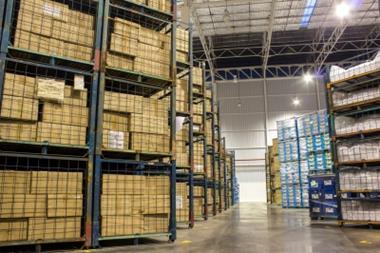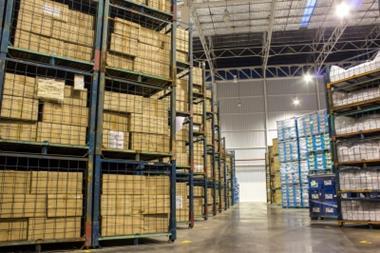Leading broker Willis has been involved in projects using new tools to build effective risk maps
The broker’s practice leader, integrated risk management, Tom Teixeira (pictured) said: “I’ve been involved with a number of projects using the latest tools and technology – software environments and simulations – that create a map of the world and use all the information available to identify and map where facilities are. As a result of these, our clients can then take the latest risk mapping information and overlay it on their supply chain.”
Marsh also produced a nat cat risk map. Its EMEA property practice leader Caroline Woolley said: “It’s not enough to just map and understand your supply chain and areas of reliance, you need to be able to see how the risk profile differs across this map.”
According to both Marsh and Willis, this technology is something their clients are requesting.
Teixeira commented: “They are nervous about their vulnerability, but they don’t have the appetite to undertake a multimillion dollar exercise that will take two years.”
“They are asking for some innovation, some technology that will give them an early understanding of whether or not they have a potential problem and if so, where those hot spots are, and where their more detailed analysis should be focusing.”
These tools are really increasing the visibility of what the supply chain actually looks like and what the threats are. “Many of these companies that we deal with are looking for a global sourcing strategy,” Teixeira added.
“They want to keep costs down, and they are not thinking about whether or not a factory that they are buying sports apparel from in Japan is in a high-risk earthquake zone. They are only thinking, ‘can these guys give us the quality we want at half the price?’”
But when they do start to look at risk and start thinking beyond cost, some firms are radically altering their approach to supply chain logistics. For example, as a result of greater visibility some multinationals are looking to source more locally, which, while it is more expensive, does offer a greater degree of protection. “They are also looking at dual sourcing,” Teixeira said.
“Especially in the electronics sector. I’ve seen some companies that, as a result of recent disasters and a greater awareness of their supply chain, now dual source up to 80% of their supplies.”
All companies looking to reassess their logistics and take a more risk-based approach to their supply chain face difficult choices.
Their focus needs to be on getting the balance right. How much risk should they retain? Is it worth taking a particular risk if it is done from an informed basis? How much do they physically need to manage? Should they buy a weak or vulnerable supplier because they are heavily dependent on them? Or should they change their buffer stock strategy to create a larger stockpile? Or should they dual source more?




















No comments yet